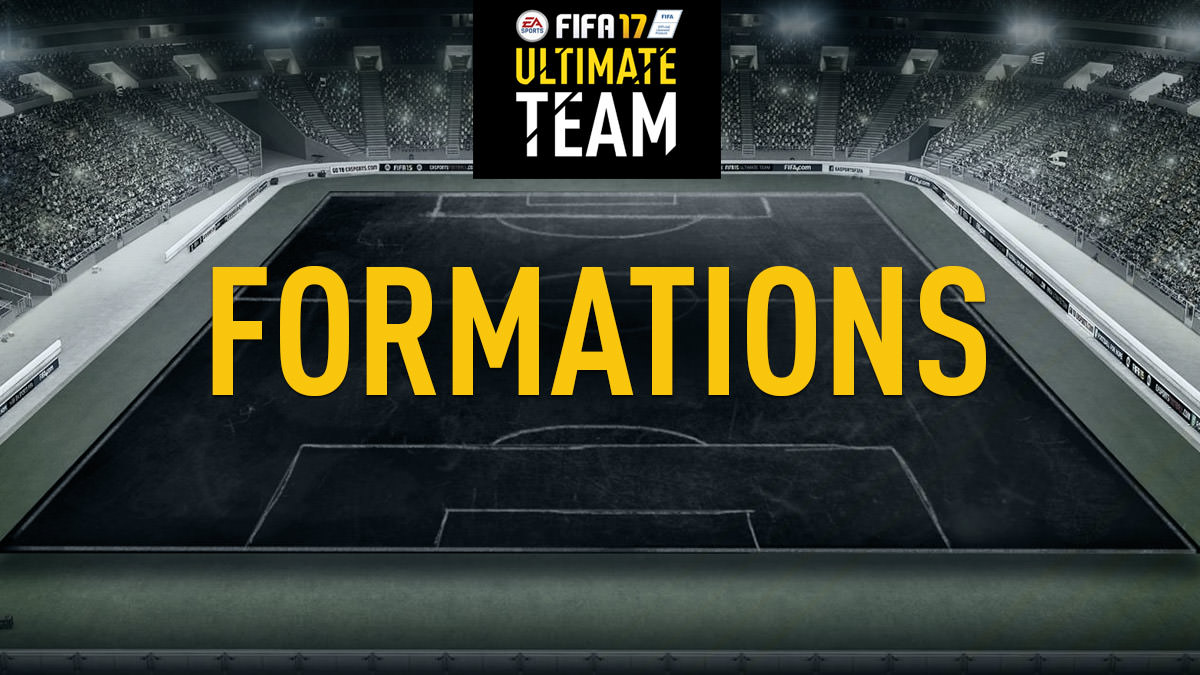
The complete formation list and guide for FIFA 17 Ultimate Team. There are 25 formations available in FUT 17. Here are the details and guide for all formations in FIFA 17 Ultimate Team mode.
To view the list of formations in other FIFA 17 game modes, go to www.fifplay.com/fifa-17-formations
FUT 17 Formation List
| 3-Defender Base | 4-Defender Base | 5-Defender Base |
|---|---|---|
3-4-1-2
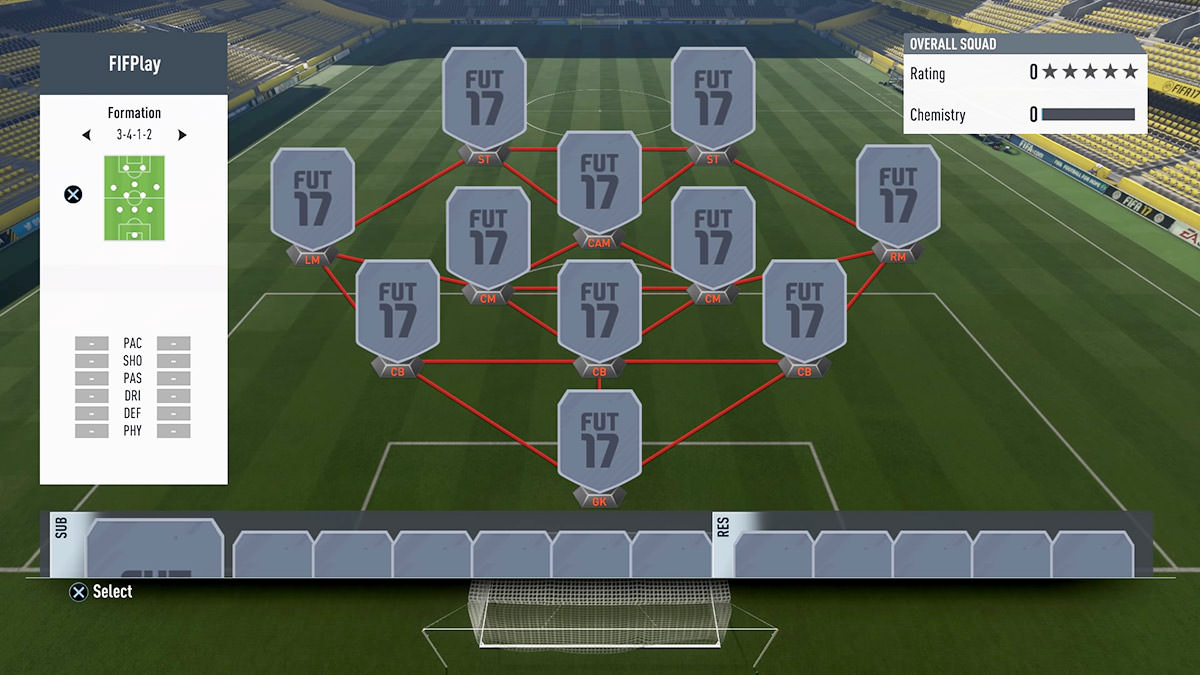
Mode: Attacking (Moderate)
3-4-1-2 is a variation of 3-5-2 formation where the wing players are more withdrawn in favour of one of the central midfielders being pushed further upfield into the playmaker position, the "number 10". This formation is suitable for the games you are trying to win by keeping the ball in the middle and creating oppurtunies by your midefielders.
3-4-2-1
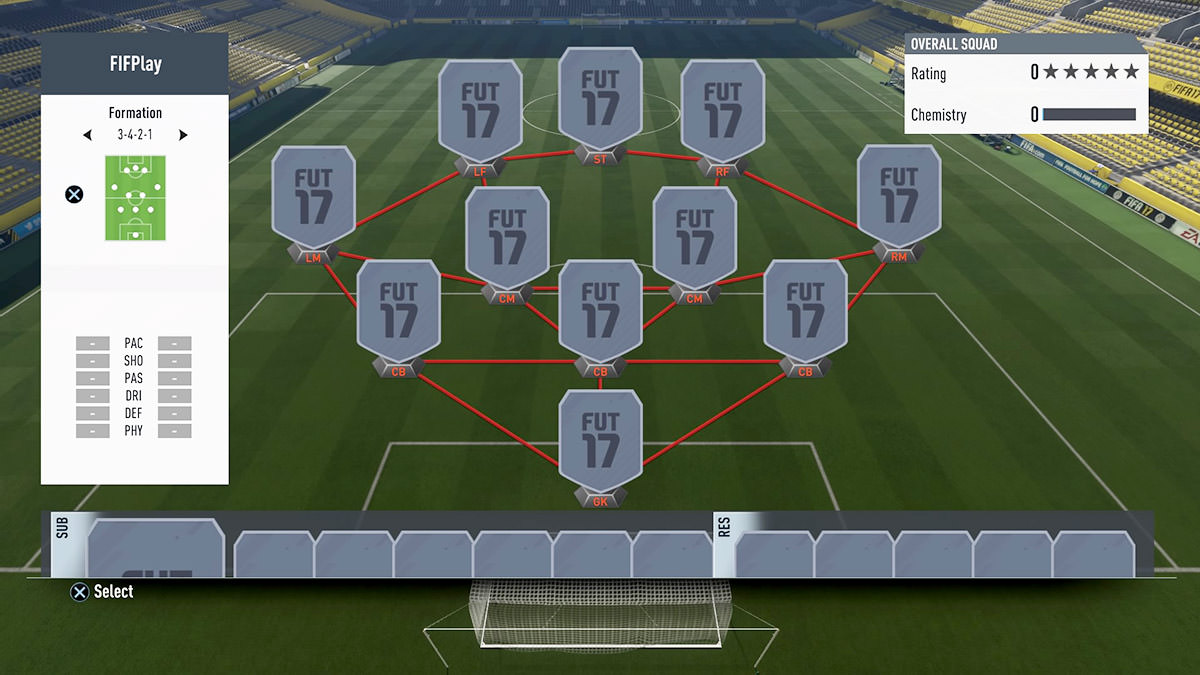
Mode: Attacking
A variation of 3-4-1-2 formation but more attacking. 3-4-2-1 has more attackers (3 forwards – LF, CF/ST and RF) and is designed for the games where you are not only trying to win the game but also trying to score more than one goal.
3-4-3
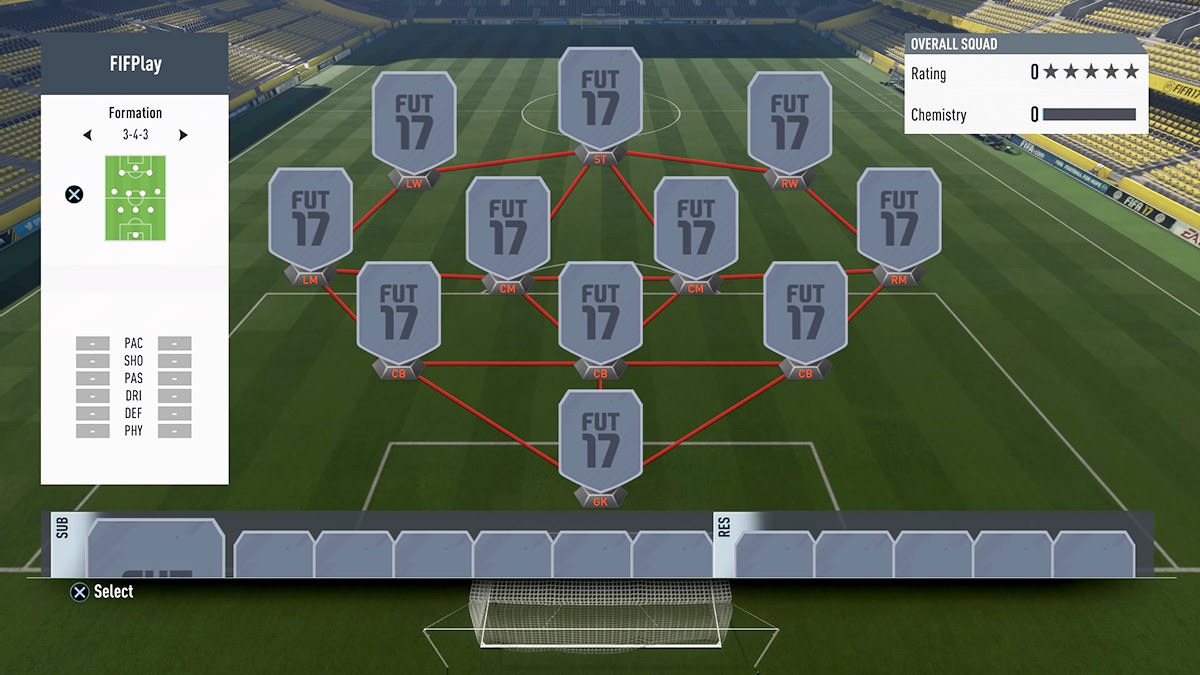
Mode: Attacking
Using this formation, your midfielders are expected to split their time between attacking and defending. Having only 3 defenders means that if the opposing team breaks through the midfield, they will have a greater chance to score than with a more conventional defensive configuration, such as 4–5–1 or 4–4–2. However, your 3 forwards allow for a greater concentration on attack. This formation is used by more offensive-minded teams.
3-5-2
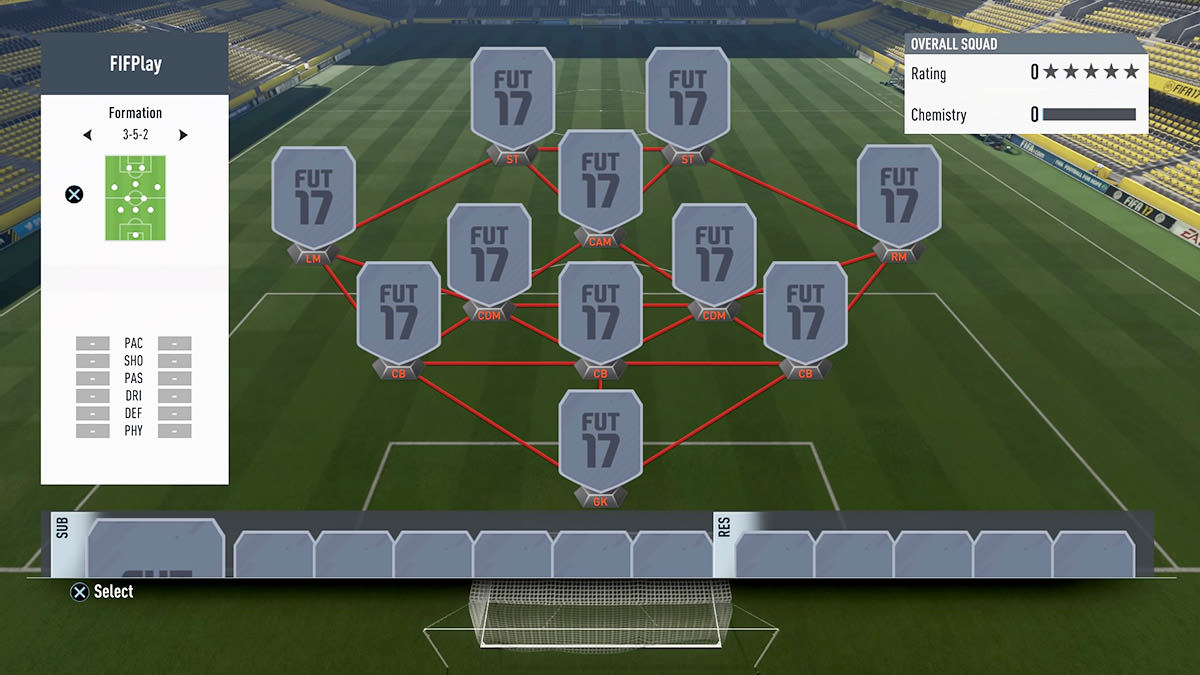
Mode: Attacking (Possessioning)
The 3-5-2 formation has 3 central defenders (possibly with one acting as a sweeper). This system is heavily reliant on the wing-backs providing width for the team. The two wide full-backs act as wing-backs. It is their job to work their flank along the full length of the pitch, supporting both the defence and the attack.
4-1-2-1-2
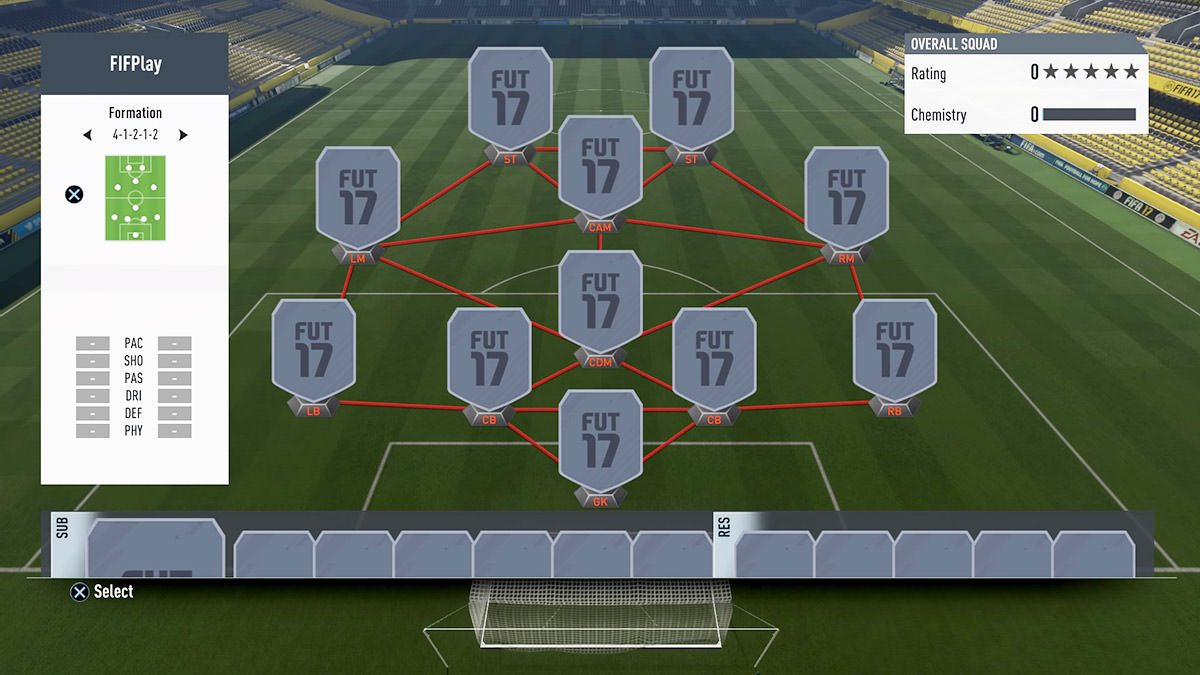
Mode: Attacking / Defending
This formation has 4 defenders, 4 midfielders and 2 forwards. 4 midfielders in 4-1-2-1-2 formation are CDM, CAM, RM and LM. The CDM will help the defenders on defending while CAM can join strikers to participate in attacks.
4-1-2-1-2 (2)
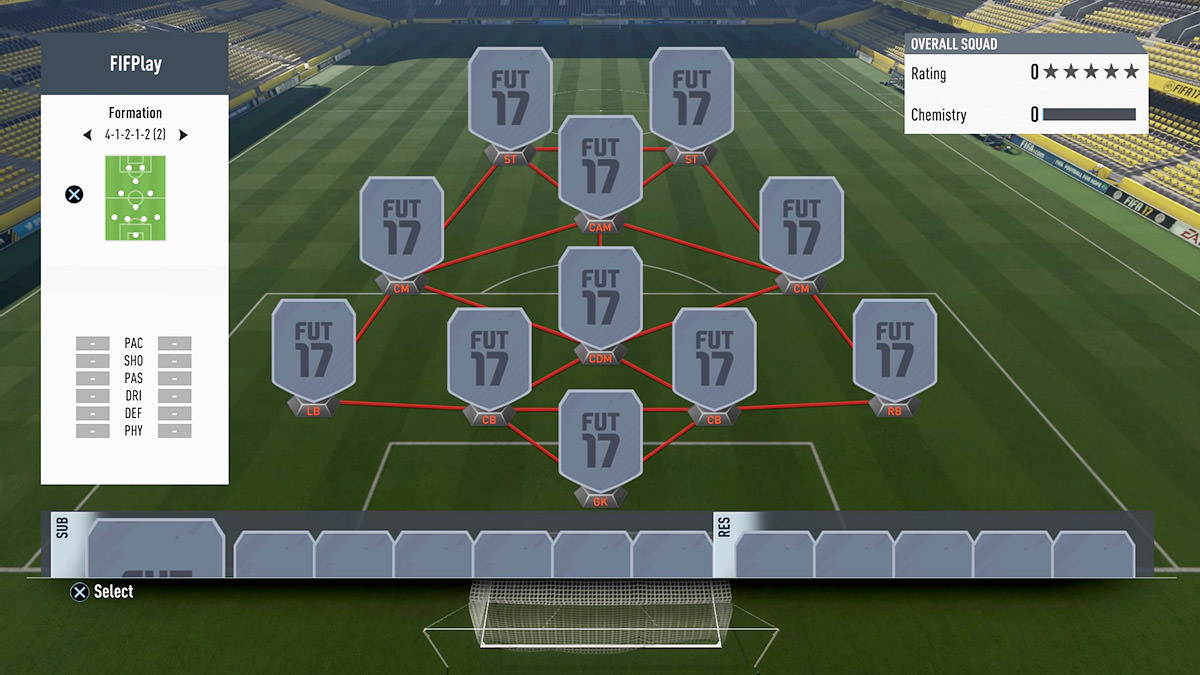
Mode: Attacking / Defending
Also known as 4-1-2-1-2 Narrow, it is a variation of 4-1-2-1-2 formation, but in this formation there is no wingers in the midfield, which means the flank midfielders could be central midfielders (CM) as their roles are more concentrated in the center of the field and they stay closer to each other in compare to 4-1-2-1-2 formation.
4-1-4-1
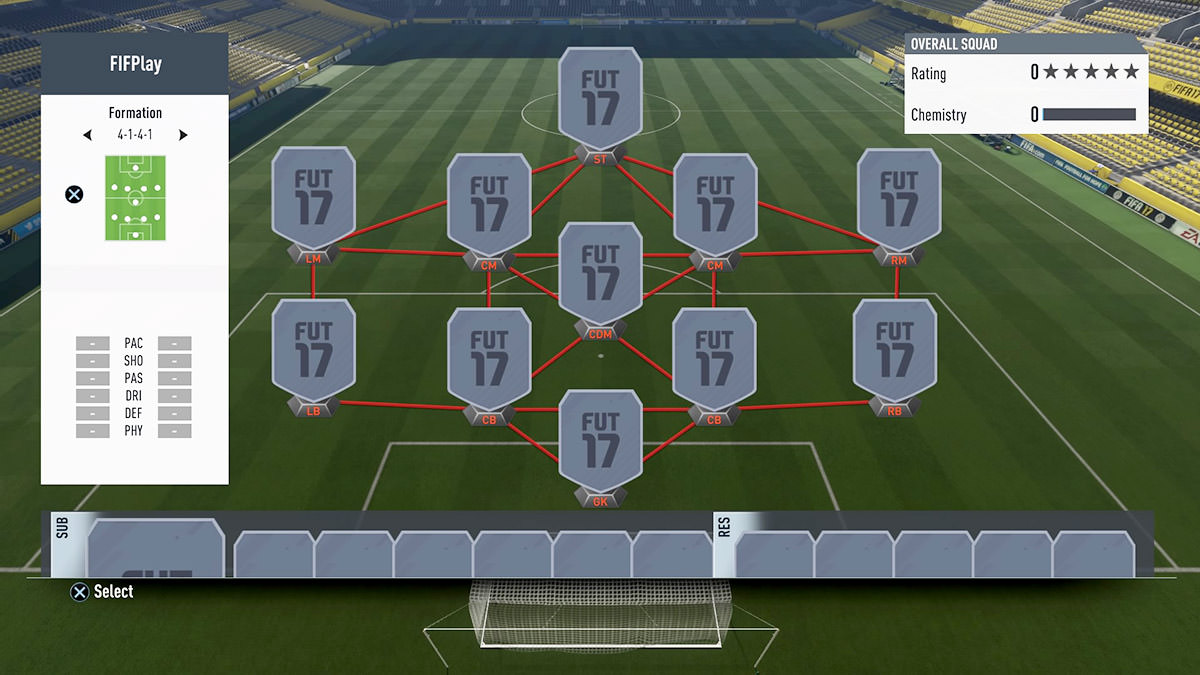
4-1-4-1 – Defedning / Attacking (Sole Striker)
A defensive edition of the classic 4-4-2 formation. 4-1-4-1 formation has 4 defenders, 1 defensive midfielder, 4 midfielders and one attacker. Using this formation you will be able to win the ball possession better and to do counter-attacks using your sole striker. Your sole forward is recommended to have a high PAC rate.
4-2-2-2
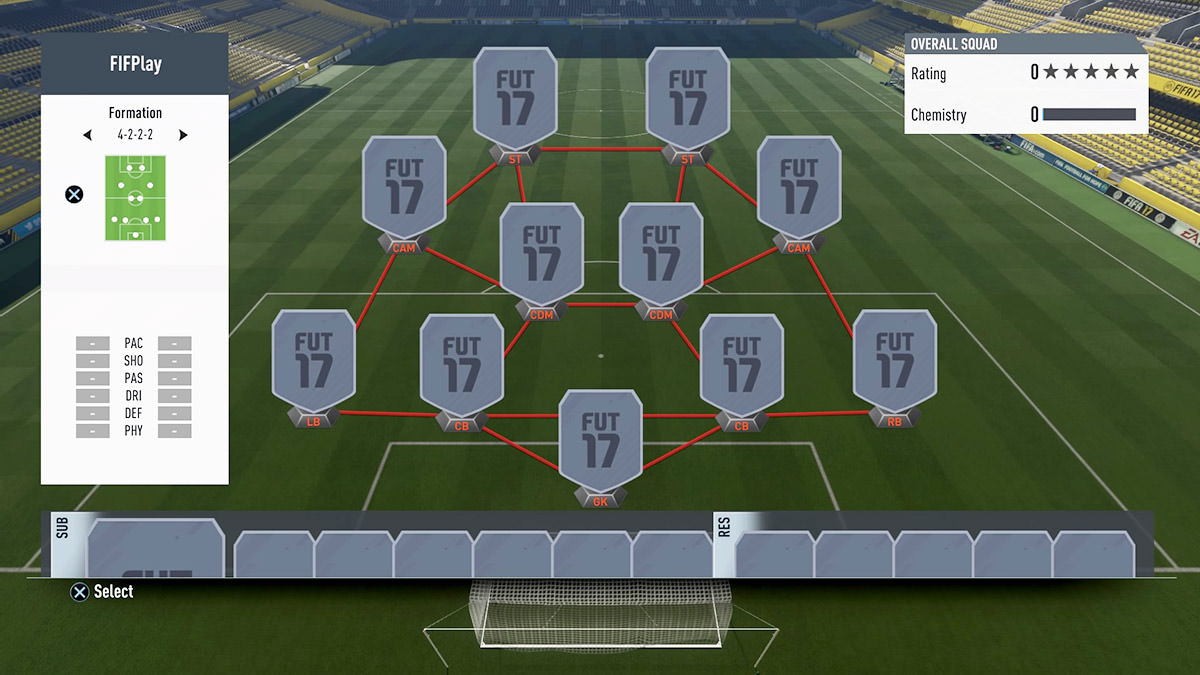
Mode: Attacking / Defensive
Using two strikers in this formation will allow you to create more goal scoring opportunites. Having two CAM players and two CDM players will help your team to be able to perform attacks and defenses with more players. Attacking using 4-2-2-2 formation will require to be more on the ground and using the central area of the field.
4-2-3-1
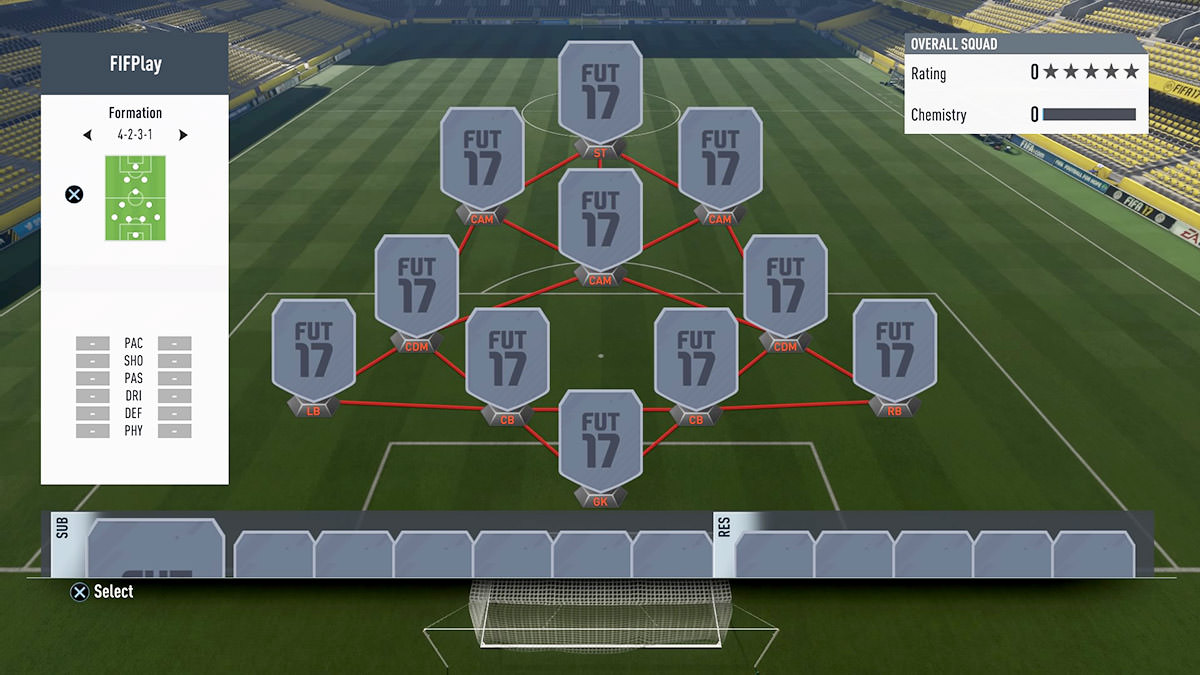
Mode: Attacking (Lone Striker) / Defensive
The 4-2-3-1 Narrow formation seems to be defensive, but it is quite a flexible formation, as the wingers and the full-backs can both join the attack. The midfielders behind the single attacker are ataccking midfielders (CAM) and the two midfielders behind them are defensive (CDM) which means they are helping the defenders.
4-2-3-1 (2)
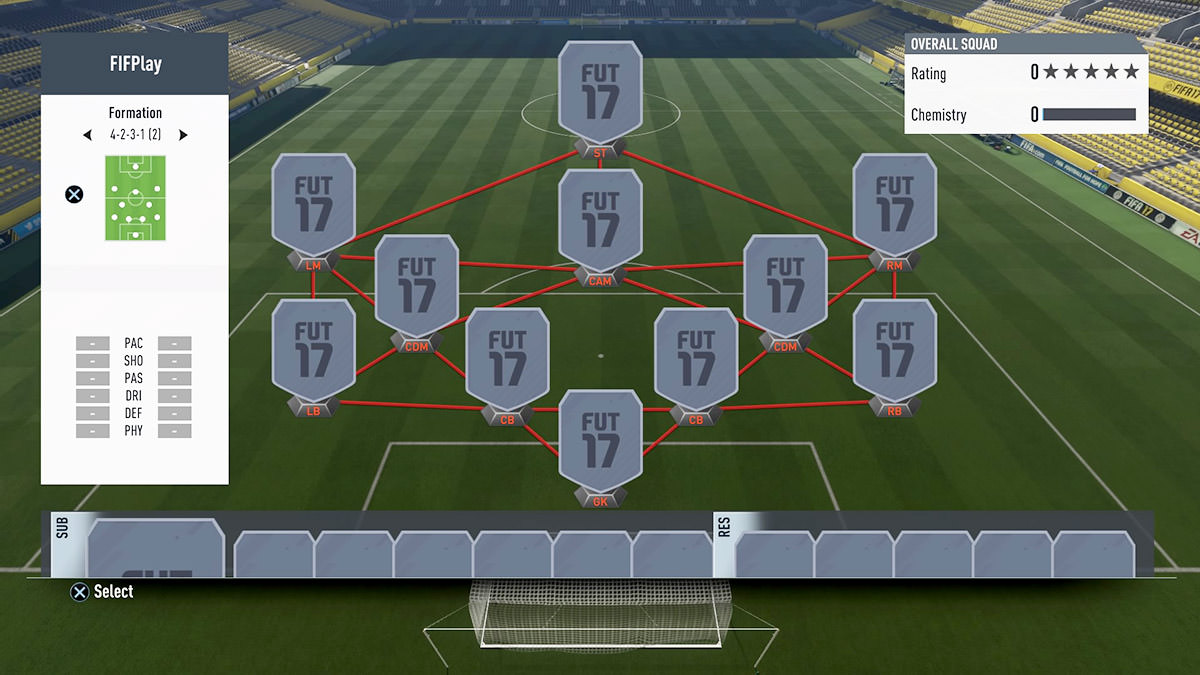
Mode: Defensive / Attacking (Lone Striker)
4-2-3-1 (Wide) is a less attacking version of 4-2-3-1 (1 / Narrow) formation. Instead of having two CAM players, using this formation you will have a RM and a LM, which could assist your sole striker from the sides and also using the long aero balls.
4-3-1-2
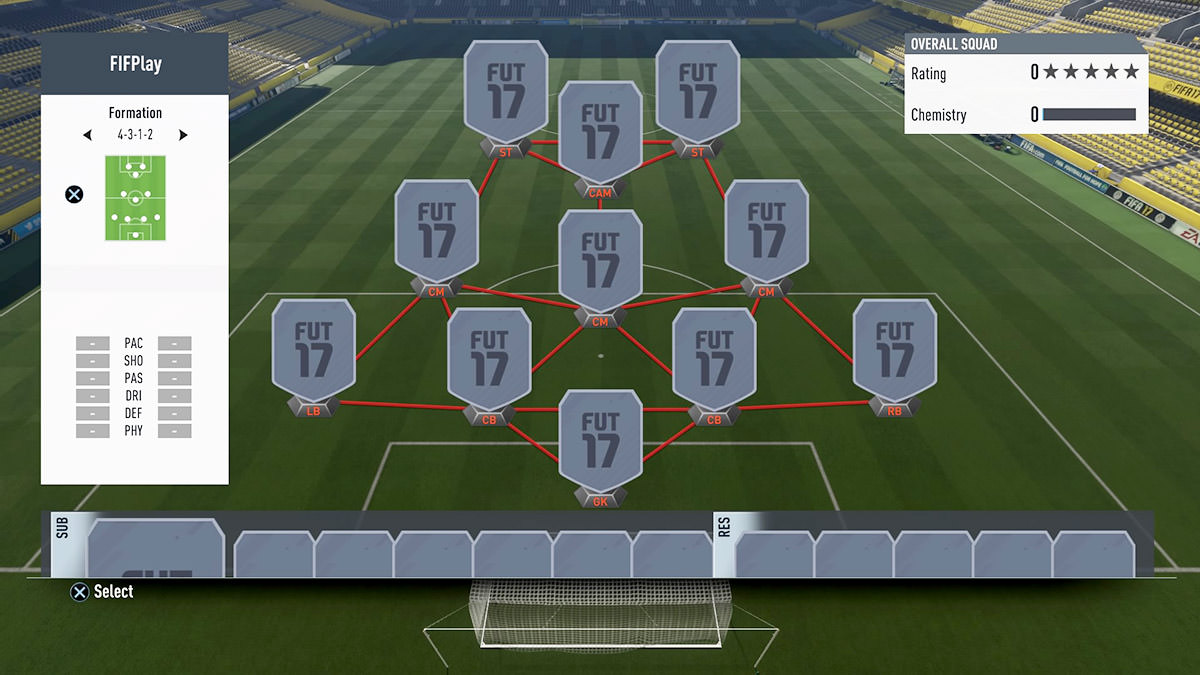
Mode: Defensive / Attacking
Two strikers and one CAM in this formation will allow you to do the attack. Three other midfielders (CM or CAM players) will help your attack and defence. The formation focuses on the attacking midfielder moving play through the centre with the strikers on either side.
4-3-2-1
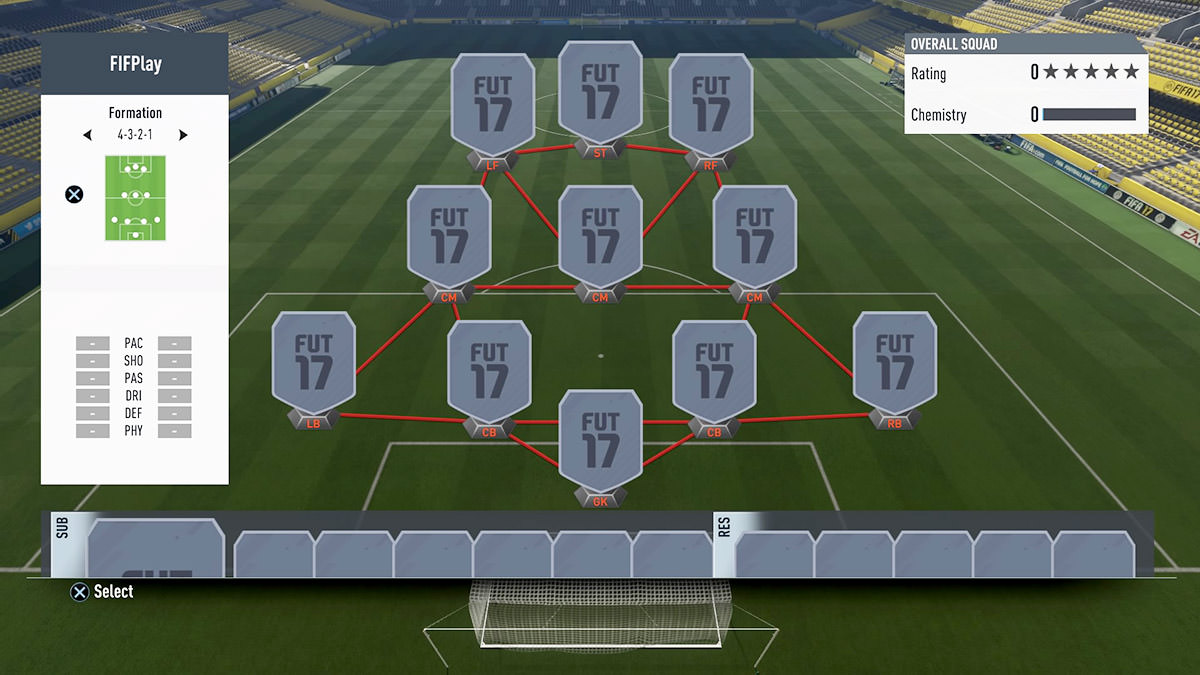
Mode: Defensive / Attacking
Aka “Christmas Tree” formation, the 4-3-2-1 formation is the ultra attacking verison of 4-3-1-2. Using this formation you will have three attackers, which means you are supposed to create more goal opportunites.
4-3-3
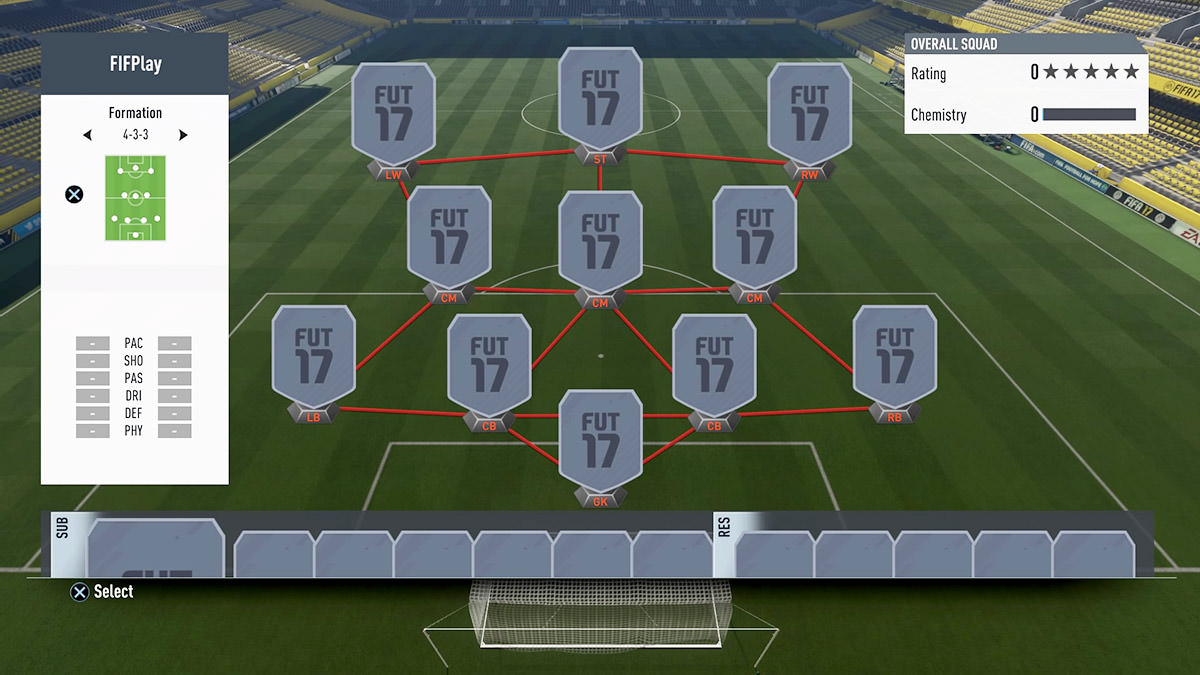
Mode: Attacking / Defensive
4-3-3 or 4-3-3 Flat, is considered as a safe attacking formation where you have three attackers and a flat defensive line.
4-3-3 (2)
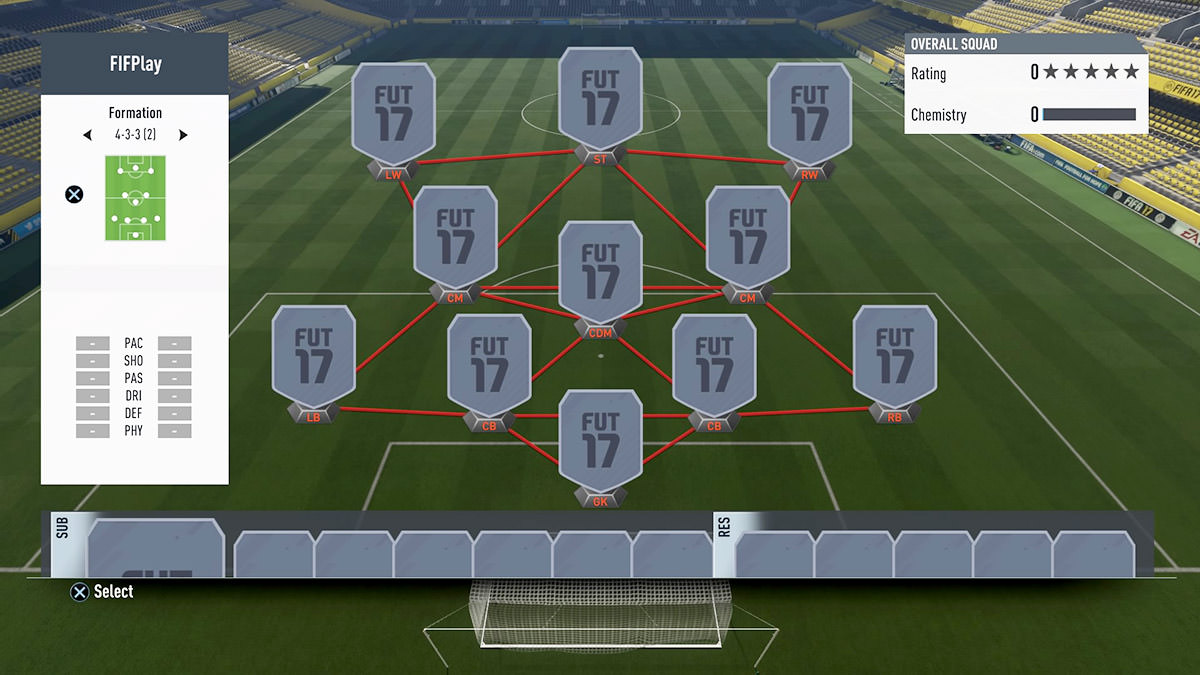
Mode: Attacking / Defensive
Another variation of 4-3-3 formation, which is slightly more defensive than original 4-3-3. Using this formation you have LW and RW (the wingers) instead of LF and RF (the typical forwards) for the attack. You have also two CM players and one CDM who joins the defense.
4-3-3 (3)
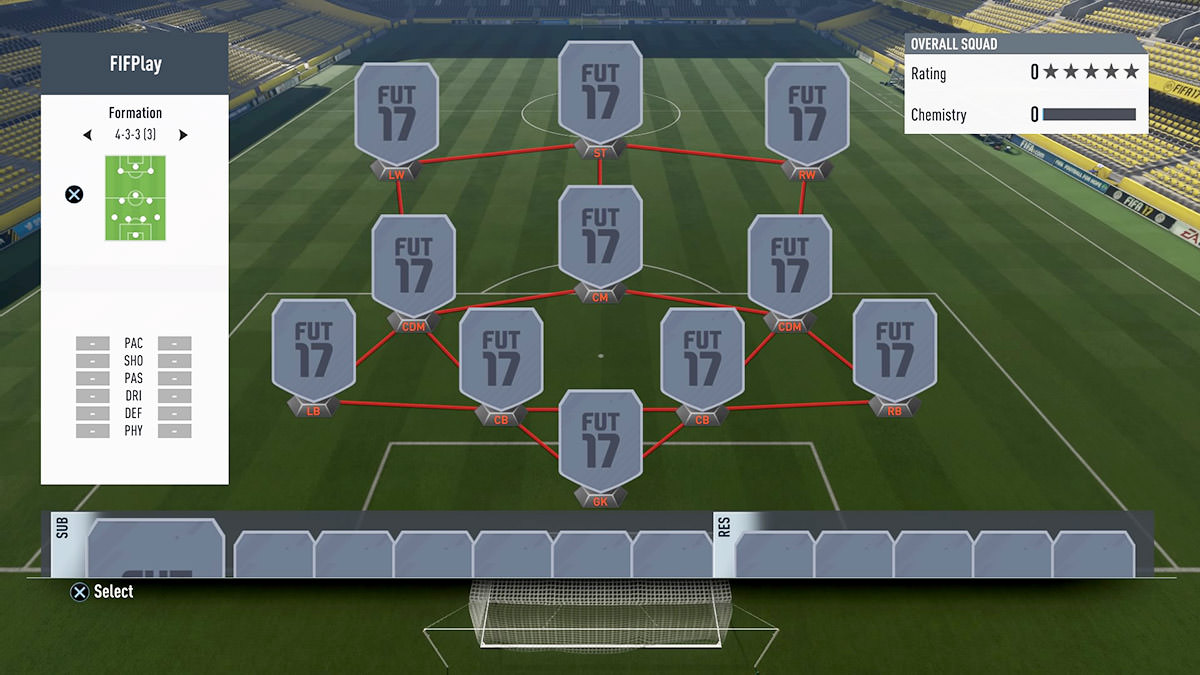
Mode: Attacking / Defensive
4-3-3 (3) formation is even more defensive than 4-3-3 (2), using this formation you will have two CDM players on the sides and one CM in the middle.
4-3-3 (4)
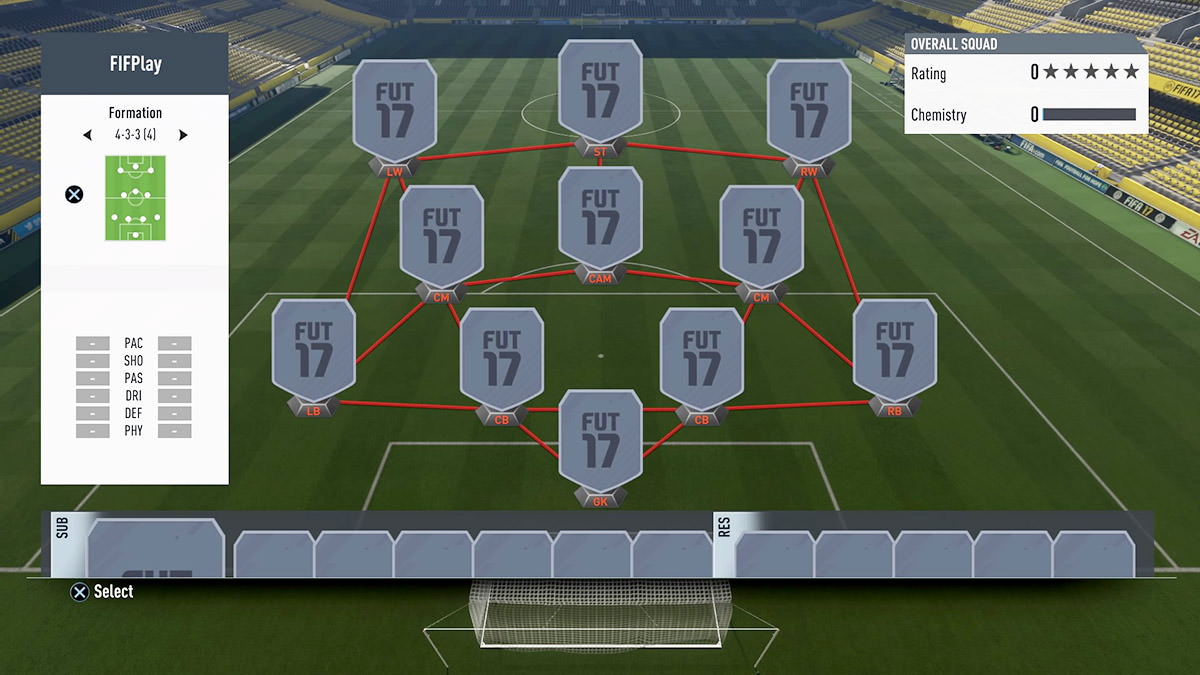
Mode: Attacking / Defensive
This formation is slightly more attacking than the 4-3-3 (2). Instead of having a CDM player, using this formation you will have a CAM.
4-3-3 (5)
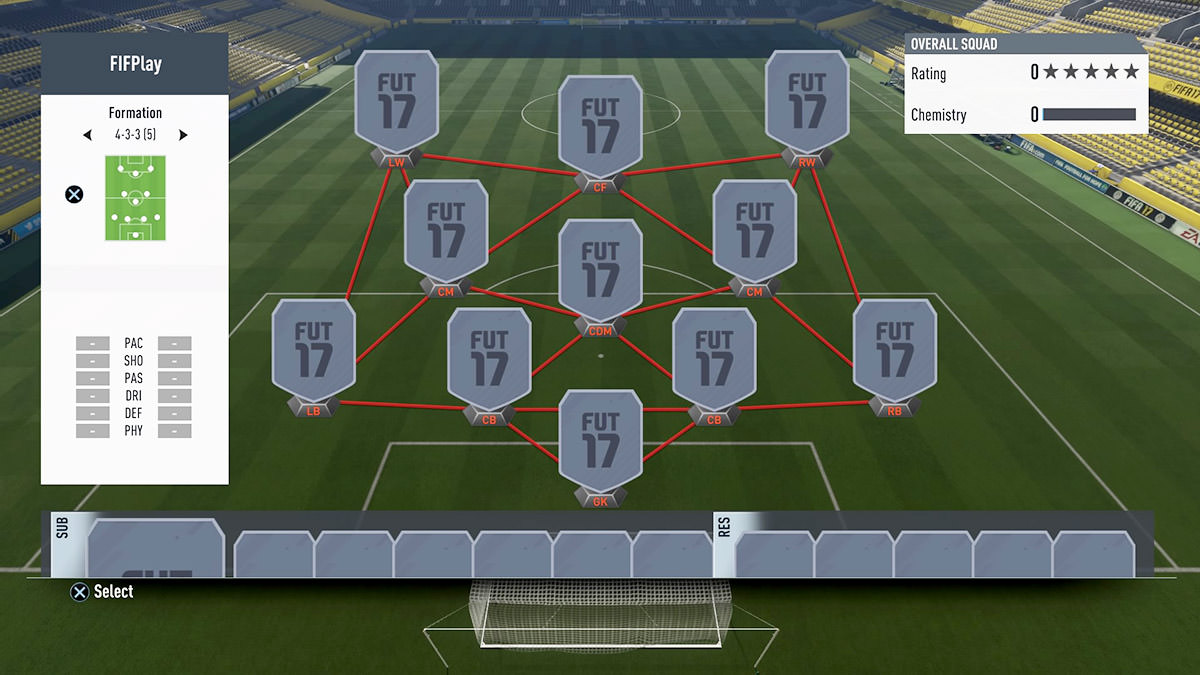
Mode: Defensive / Attacking
The 4-3-3 (5) formation is the “False 9” edition of 4-3-3 formation, in which your ST or CF player is positioned slightly behind your LW and RW players and is supported by two CAM players on his sides.
4-4-1-1
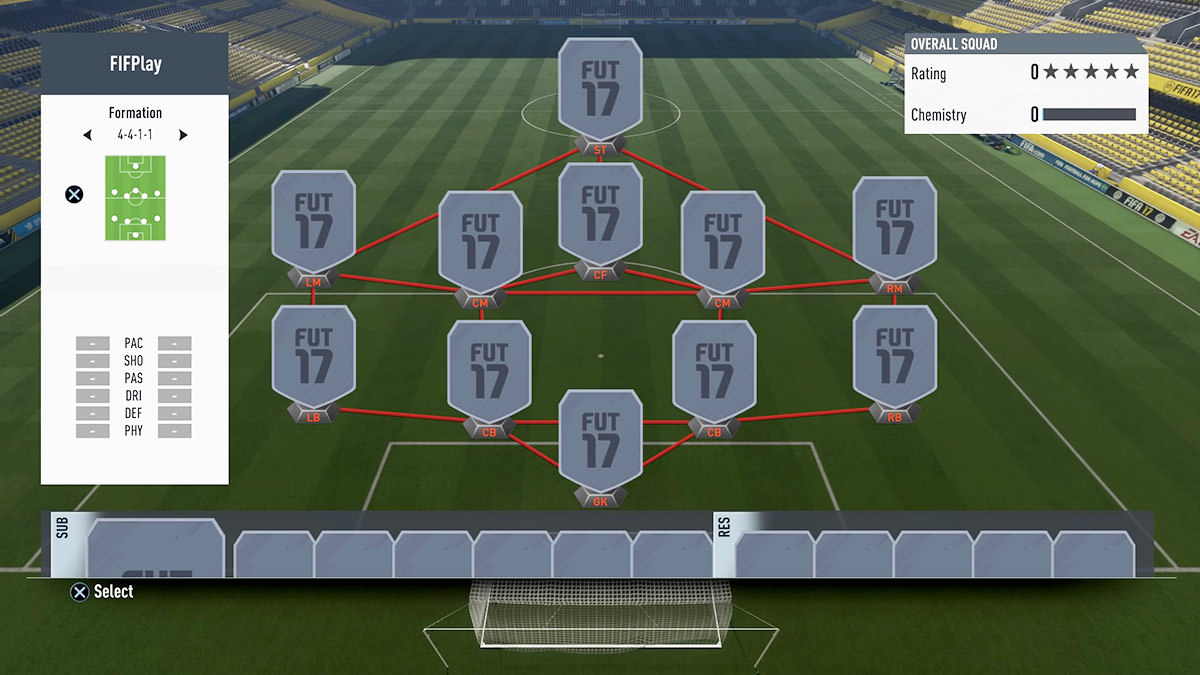
Mode: Defensive / Attacking
A variation of 4–4–2 with one of the strikers playing as a second striker, behind the other one. The second striker is generally a more creative player, the playmaker, who can drop into midfield to pick up the ball before running with it or passing to team-mates, someone like Thomas Mueller, as an example.
4-4-2
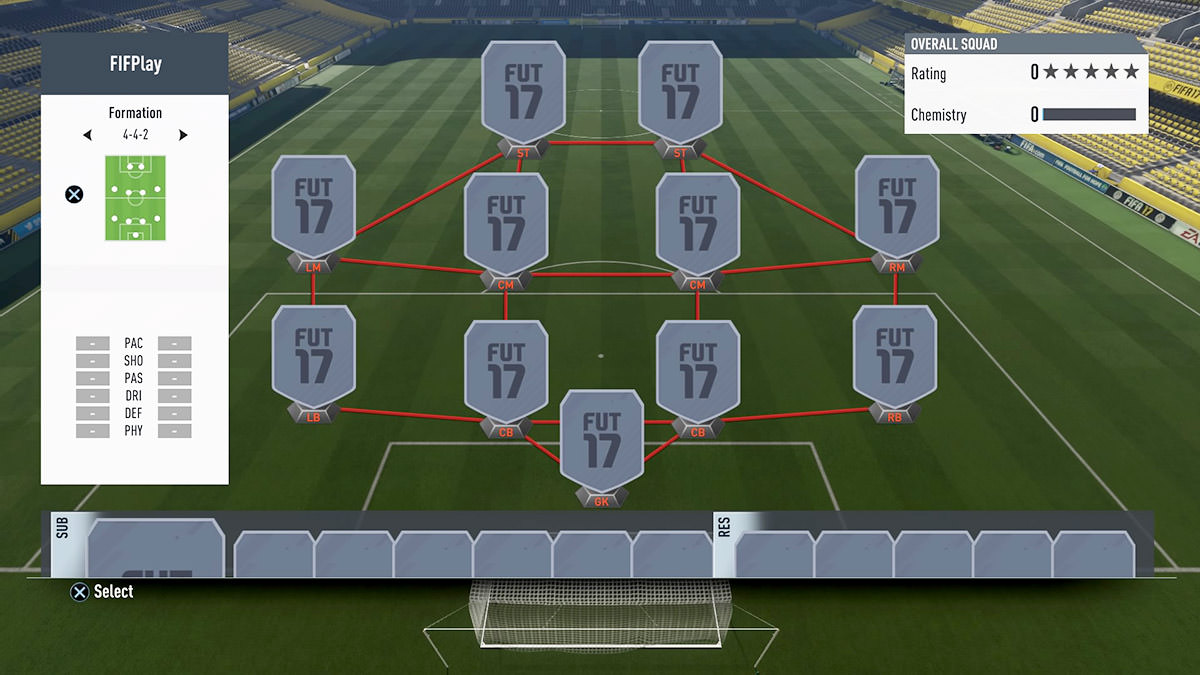
Mode: Attacking / Defensive
The 4-4-2 formation usually staggers the midfield. The width in the team has to come from the full-backs pushing forward. In the Four-Four-Two formation, the midfielders are required to work hard to support both the defence and the attack.
4-4-2 (2)
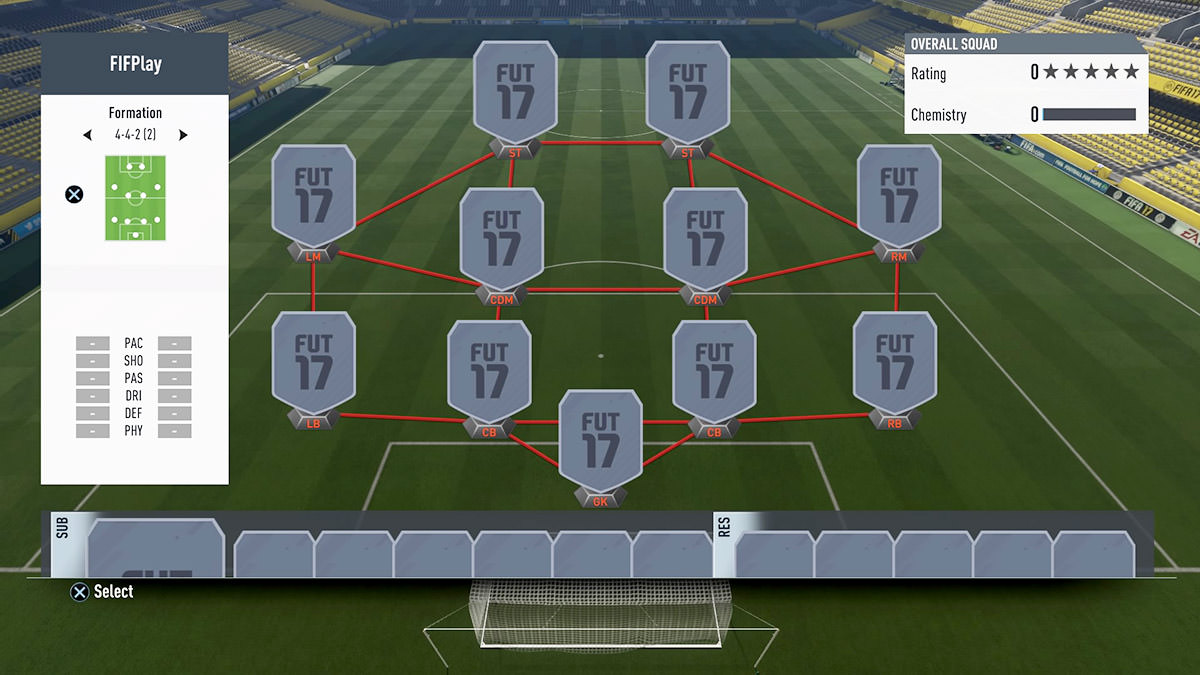
Mode: Attacking / Defensive
Aka 4-4-2 Holding, a defensive version of the 4-4-2 formation. Instead of having two CM players, you will have two CDM players on the field to join defense.
4-5-1
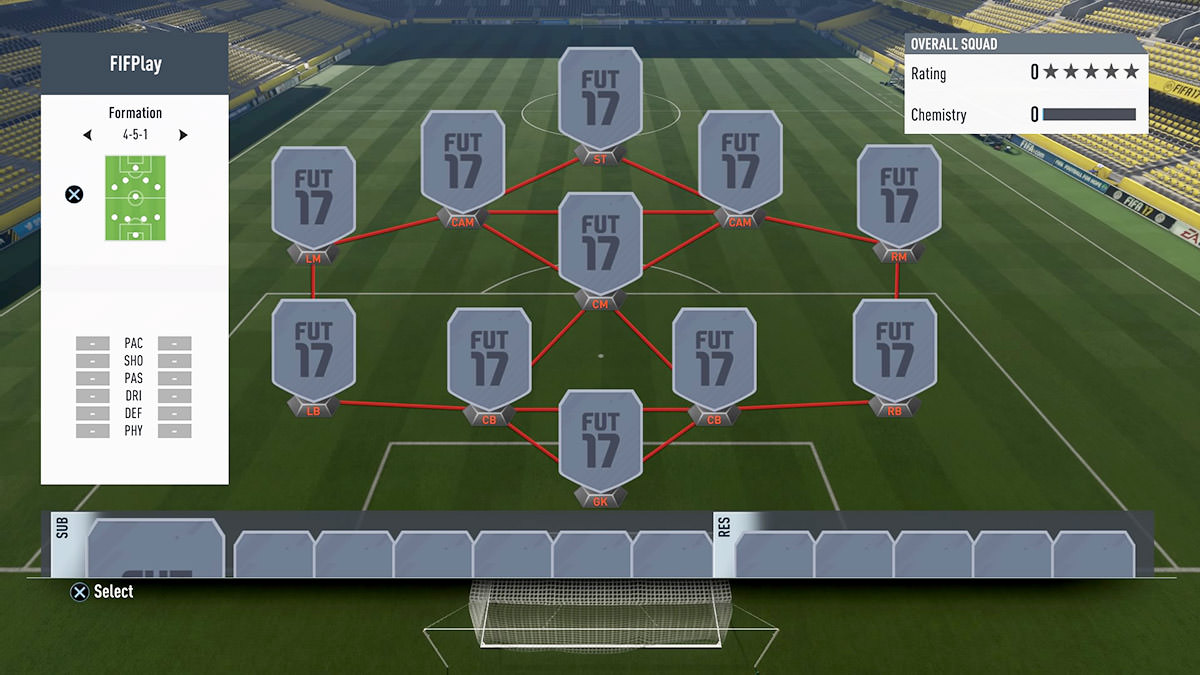
Mode: Defensive / Attacking
This formation is originally a defensive formation, however, if the two midfield wingers play a more attacking role, it can be likened to 4–3–3. The formation can be used to tie up or preserve a lead, as the packing of the centre midfield makes it difficult for the opposition to build up play.
4-5-1 (1)
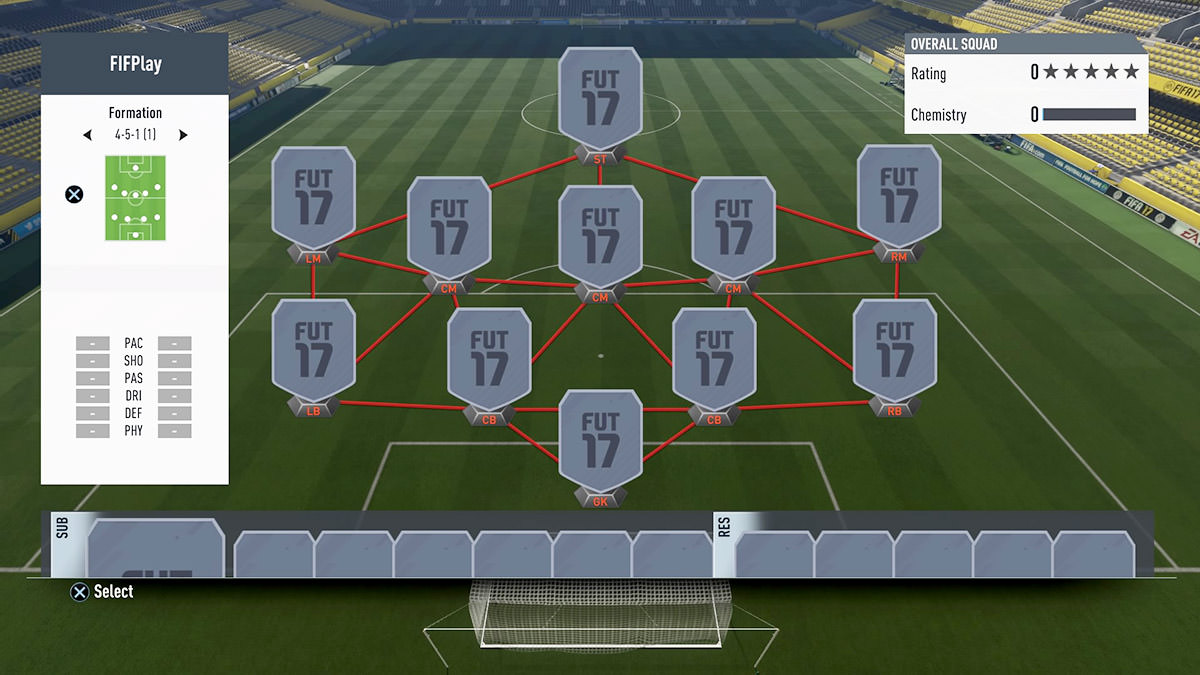
Mode: Defensive
4-5-1 (1) is even more defensive than 4-5-1. This formation is usually used to gain a draw.
5-2-1-2
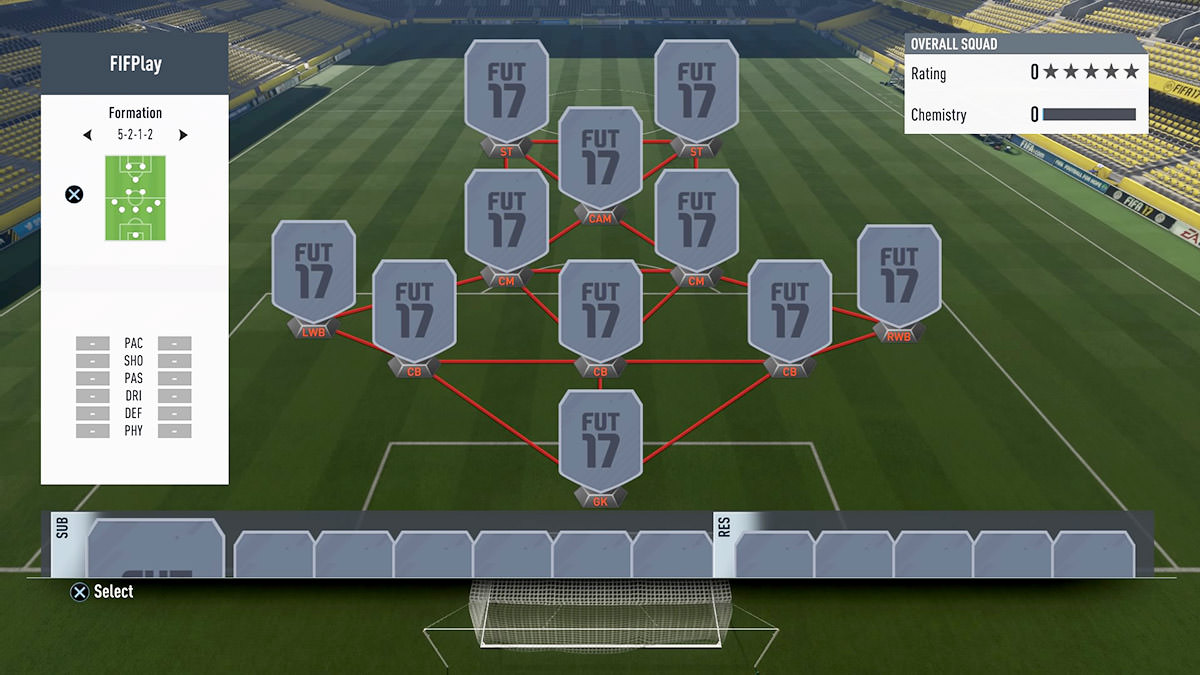
Mode: Defensive / Attacking (Counter)
In this formation, you will have 5 defenders including 3 central defenders (CB) one of them is a sweeper and 2 wide full-backs acting as wing-backs, who will be helping the midfielders and strikers on attacks – Especially on counter attacks.
5-2-2-1
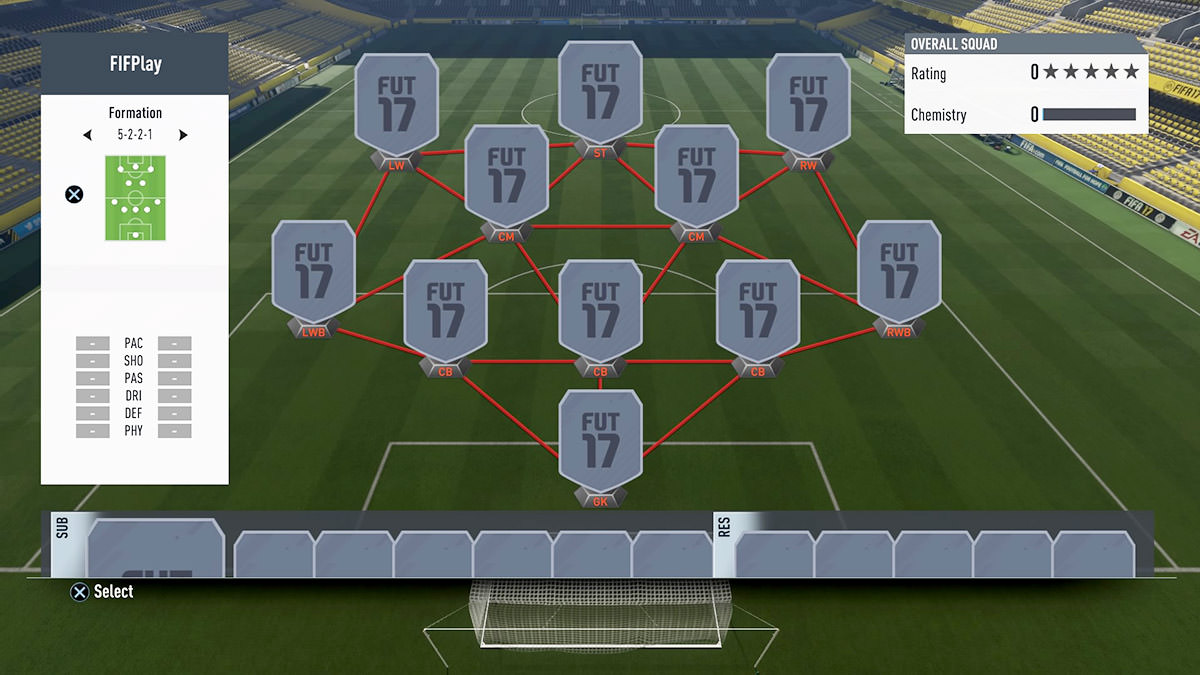
Mode: Defensive / Attacking (Counter)
This formation includes 5 defenders including 3 central defenders (CB) – one of them could be a sweeper, and 2 wide full-backs acting as wing-backs, who will be backing the strikers on quick counter attacks. With 3 attackers (LW, RW and ST), you will be able to perform counter attack from the wings as well as the center.
5-3-2
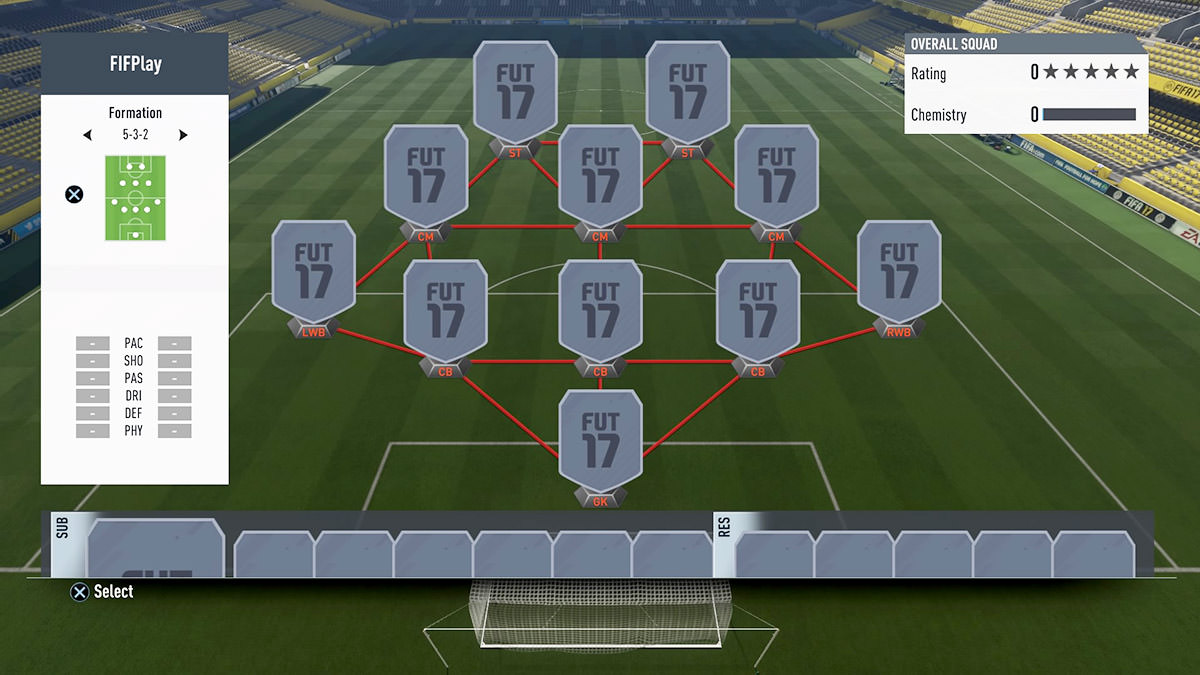
Mode: Defensive / Attacking
The 5-3-2 has 3 CB players (possibly with one sweeper.) This system is reliant on the wing-backs providing width for the team. The two wide full-backs act as wing-backs. It is their job to work their flank along the full length of the pitch, supporting both the defence and the attack.
Comments